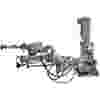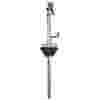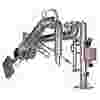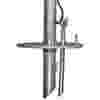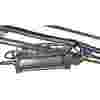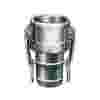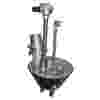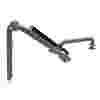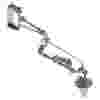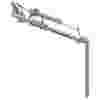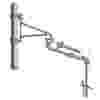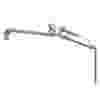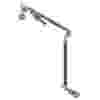We leverage our experience and expertise to provide our customers with tailored chemical loading solutions that deliver real world benefits, including:
Minimal Product Loss
Our loading arms are designed to help our customers increase the safety and profitability of their chemical loading operations. Manufactured to provide zero leakage and minimal product loss, regardless of the chemical liquid or gas being transferred; Emco Wheaton’s chemical loading arms provide real world savings for our customers.
Increased Durability
Emco Wheaton’s chemical loading arms are manufactured using the highest quality materials, including carbon steel, aluminum, and stainless steel, that are chosen to meet the specific demands of our customer’s chemical loading applications. Combined with our class leading aftermarket services, Emco Wheaton’s range of chemical loading arms provide unrivaled reliability and longevity, minimizing Total Cost of Ownership (TCO).
Maximum Safety
The safety of our customers and their operators is our top priority. Each and every piece of equipment that is delivered by our team is designed, manufactured, and tested to meet the most stringent safety standards; and is certified and compliant with the highest global industry standards. Put simply, our products help keep our customers, their employees, and their operations safe at all times.Emco Wheaton Loading arms use a compression spring balance mechanism that is ergonomically friendly for operators. This spring balance carries the weight of the loading arm and is easy to handle and maneuver into place. This system reduces the risk of injuries such as back strains associated with bending down and picking up hoses, etc.
Ultimate Flexibility
We understand that each of our customers is unique, and that each operation has a specific set of needs. That is why we work closely with our customers to design a chemical loading solution tailored to meet the demands of their chemical loading application. Our range of chemical loading arms covers sizes ranging from 2” to 6”, temperatures between -50oC to 250oC (-58F to 482F), and pressures of up to 40 bar; ensuring that we have the right solution, regardless of the chemical transfer application.



